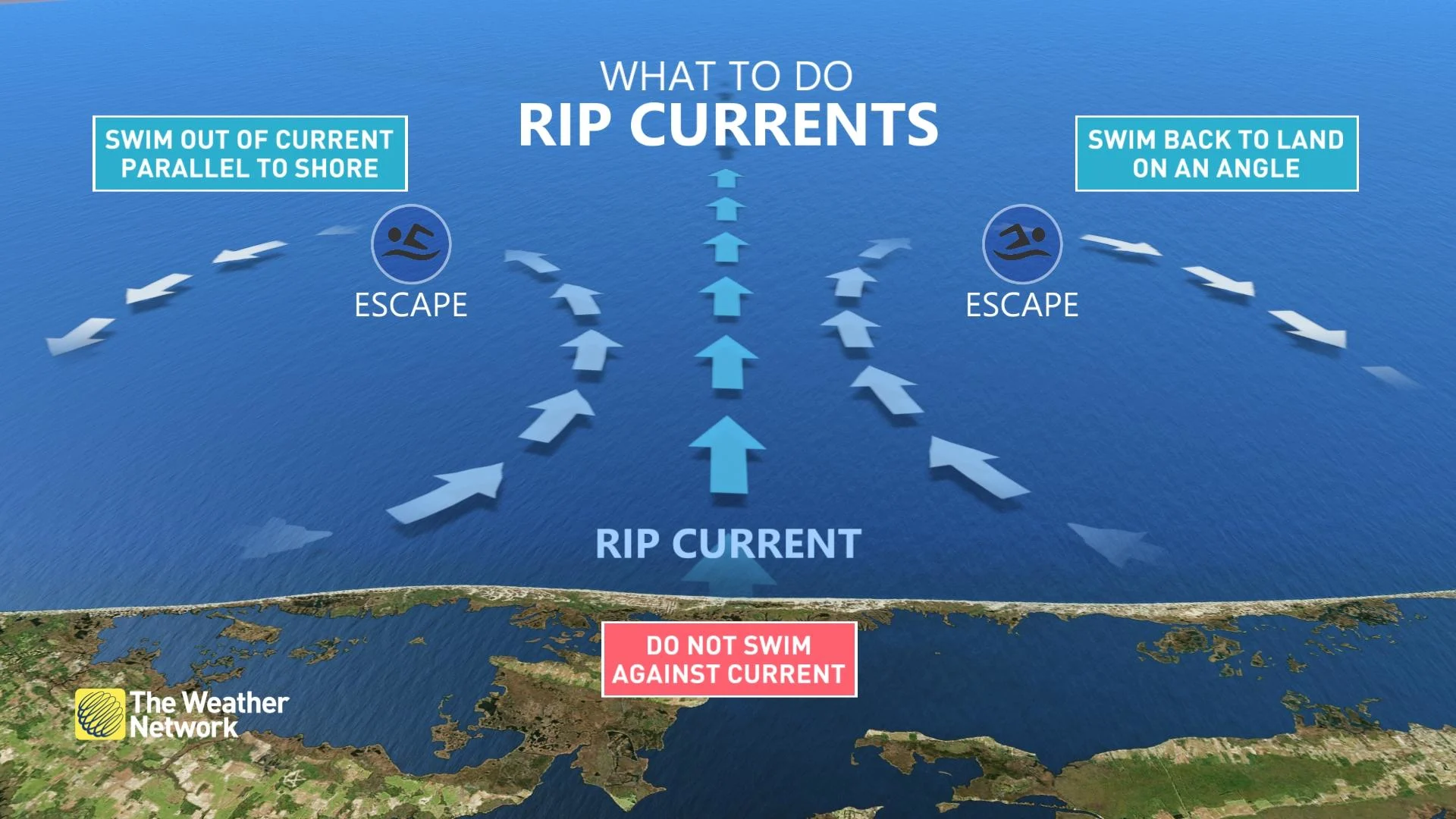
Erin strengthens to a major, powerful Category 5 hurricane
Erin has blossomed into a major, Category 5 hurricane on Saturday. All interests in the Antilles, Bermuda, eastern U.S., and Atlantic Canada should continue to monitor the progress of this storm in the days ahead
Erin rapidly intensified into a powerful Category 5 hurricane over the Atlantic Ocean on Saturday, just one day after first attaining hurricane status.
The storm will remain over open waters for the next several days as it tracks north of the Antilles and curves between the U.S. and Bermuda.
All interests in the Antilles, Bermuda, eastern U.S., and Atlantic Canada should continue to monitor the progress of this storm in the days ahead.

DON'T MISS: How a mammoth hurricane rapidly intensifies in mere hours
Erin strengthens to Category 5 storm
A NOAA Air Force Reserve Hurricane Hunter flight through the storm late Saturday morning found that Erin became a Category 5 hurricane with maximum winds of 260 km/h. The system's pressure fell to an impressive 915 mb.
This marks the fourth year in a row we've seen a Category 5 storm in the Atlantic Ocean.
As we see with all high-end hurricanes, fluctuations in intensity are likely over the next several days, though Erin is likely to remain a powerful hurricane well into next week.

A turn toward the north is expected to occur early next week. On the forecast track, the centre of Erin is expected to move just north of the northern Leeward Islands, the Virgin Islands, and Puerto Rico over the weekend. The hurricane’s outer bands may affect several of the islands through Saturday, prompting tropical storm watches for:
Turks and Caicos
St. Martin and St. Barthelemy
Sint Maarten
Remaining at sea, Erin's outer bands will bring heavy rainfall and flash flooding risk to Leeward Islands Saturday, and Virgin Islands and Puerto Rico Saturday night and Sunday.

The latest advisory from the U.S. National Hurricane Center (NHC) calls for rainfall totals of 50-100 mm, with isolated totals of 150 mm. Locally, considerable flash and urban flooding, along with landslides or mudslides, are possible.
Potential Canadian impacts uncertain at this time
Forecasters expect a ridge of high pressure over the central Atlantic to weaken in the days ahead, which will allow Erin to begin turning toward the north through the first half of next week.
Interests across the U.S. East Coast and Bermuda should closely monitor the track of the storm as it curves through the region over the next five to seven days.

SEE ALSO: La Niña watch issued for this winter as key factors signal change
Current signals show that steering winds may allow Erin to then turn northeast and track around that ridge in the Central Atlantic.
However, a trough swinging across Eastern Canada also has the potential to absorb the hurricane and swing it back toward Atlantic Canada.

The timing of this trough is highly uncertain at this time, but it highlights that folks across the region should continue closely monitoring the latest updates. The risk of dangerous surf and rip currents is growing.
Rip currents a major hazard
Regardless of Erin's track, rough surf and rip currents will pose a significant hazard to beaches throughout the Antilles, eastern U.S., Bermuda, and possibly Atlantic Canada as the hurricane both strengthens and grows in size over the next week.
Rip currents form when waves hit the beach head-on, creating narrow currents of water that rush back out to sea.

STAY SAFE: Rip currents are a natural hazard along coasts – here’s how to spot them
It is highly uncertain at this time if or what impacts to the U.S. East Coast could be. However, the upper levels are showing the steering mechanism turning northeastward around the high pressure currently centred to its north, and moving northward parallel to the coastline.
Always heed the advice and orders of local officials and stay out of the water if there’s a threat for rip currents. Don’t panic if you’re ever caught in a rip current. If you can’t swim, calmly signal for help and tread water until assistance arrives. Swimmers should swim parallel to the beach until you’re out of the rip current, then swim back to shore.
Thumbnail courtesy of NOAA.
